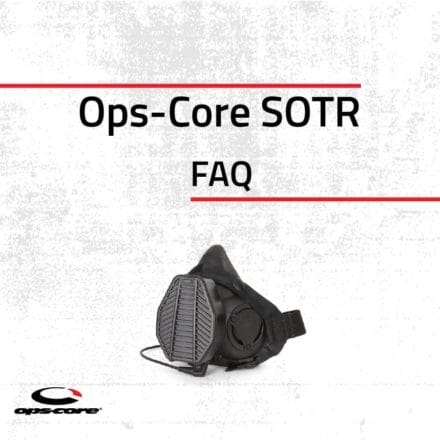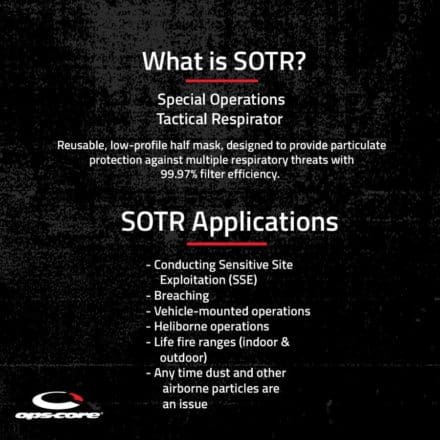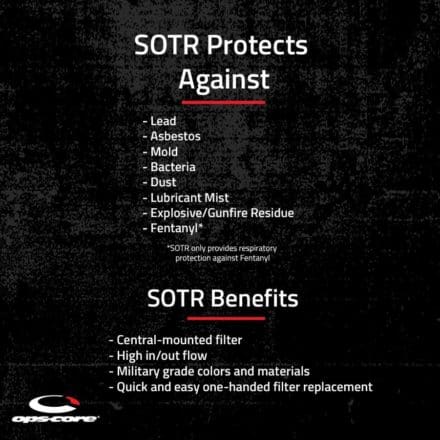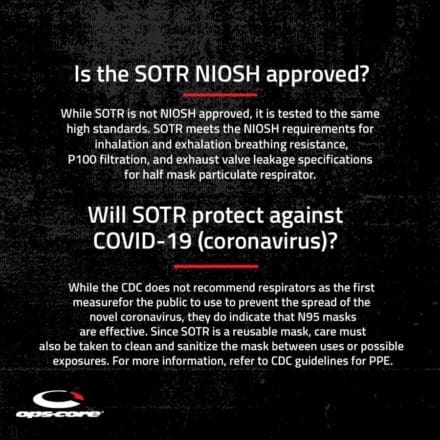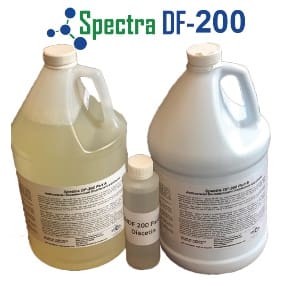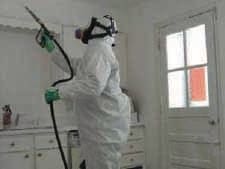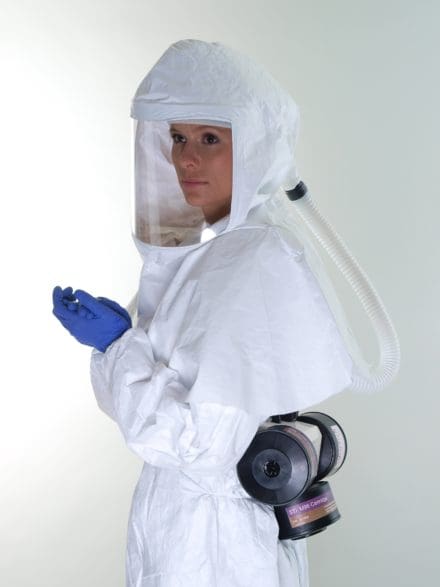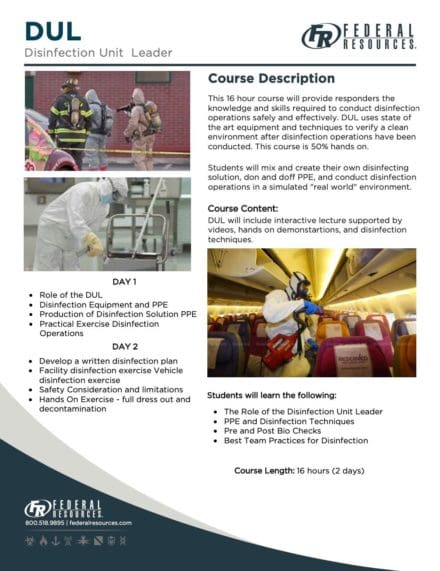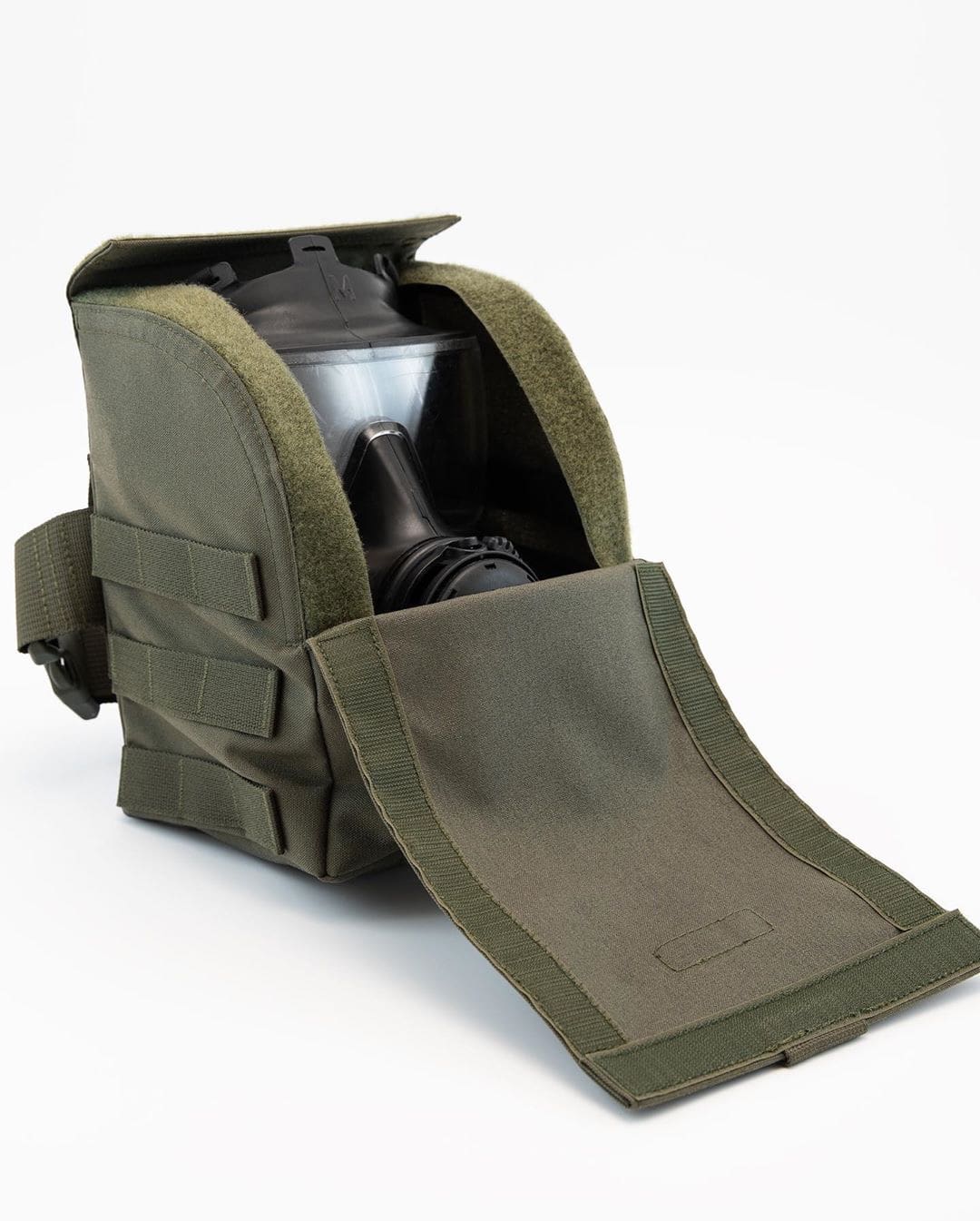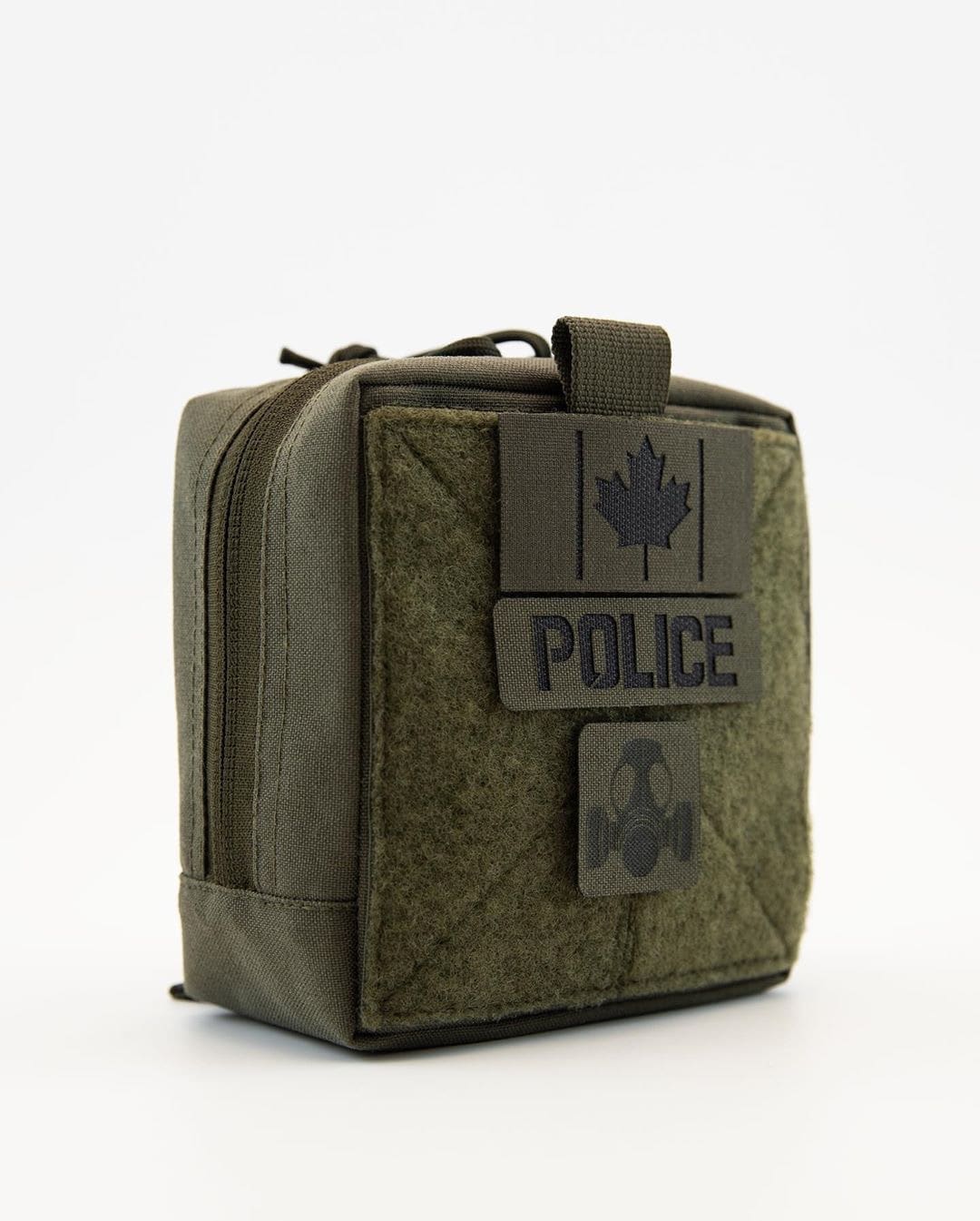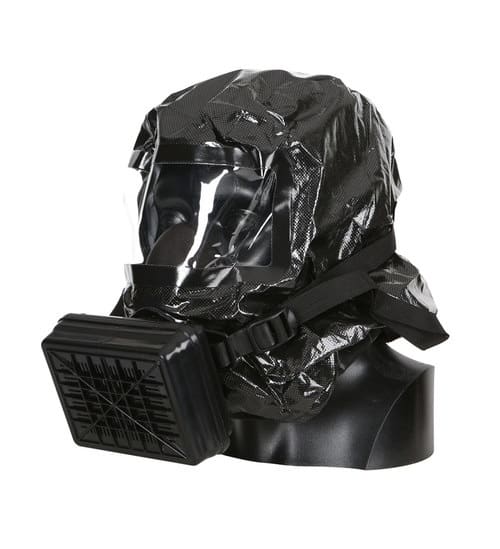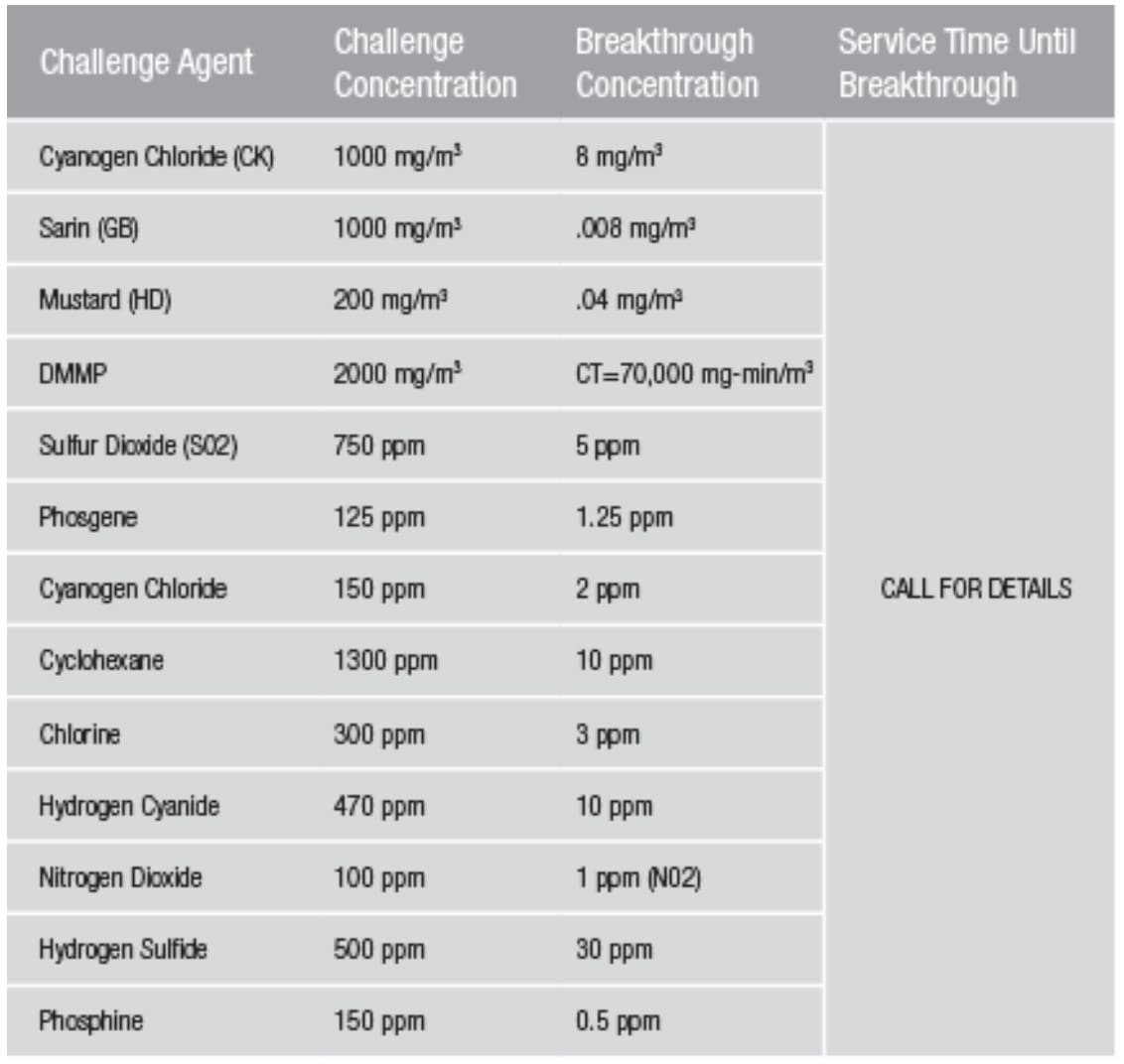
RESEARCH TRIANGLE PARK, N.C. — In northern Chile’s Atacama Desert, one of the driest places on Earth, microorganisms are able to eke out an existence by extracting water from the rocks they colonize.
An Army-funded project by researchers at the University of California, Irvine, Johns Hopkins University and University of California, Riverside gained an in-depth understanding of the mechanisms by which some cyanobacteria, an ancient group of photosynthetic microbes, survive in harsh environments.

The new insights, published in Proceedings of the National Academy of Sciences, demonstrate how life can flourish in places without much water in evidence – including Mars – and how people living in arid regions may someday be able to procure hydration from available minerals.
“The Army has a strong interest in how microorganisms well-adapted to extreme environments can be exploited for novel applications such as material synthesis and power generation within these harsh fielded environments,” said Dr. Robert Kokoska, program manager, Army Research Office, an element of U.S. Army Combat Capabilities Development Command’s Army Research Laboratory. “This study provides valuable clues for uncovering the evolved design strategies used by these native desert-dwelling microbes to maintain their viability in the face of multiple environmental challenges.”
Through work in the field and laboratory experiments, the research team focused on the interactions of Chroococcidiospsis, a desiccation-resistant species of cyanobacteria that is found in deserts around the world, and gypsum, a water containing calcium sulfate-based mineral. The colonizing lifeforms exist beneath a thin layer of rock that gives them a measure of protection against the Atacama’s extreme temperature, high solar irradiance and battering winds.
Co-author Jocelyne DiRuggiero, JHU associate professor of biology, traveled to the remote desert to collect gypsum samples and brought them back to her labs in the United States. She cut small pieces, where microorganisms could be found, and sent them to UCI for materials analysis.
In one of the most striking findings of the study, the researchers learned that the microorganisms change the very nature of the rock they occupy. By extracting water, they cause a phase transformation of the material – from gypsum to anhydrite, a dehydrated mineral.
According to DiRuggiero, the impetus for the published work came when Wei Huang, a UCI post-doctoral scholar in materials science & engineering, spotted data showing an overlap in concentrations of anhydrite and cyanobacteria in the gypsum samples collected in the Atacama.
“Our analysis of the regions of rock where microbes were colonized revealed a dehydrated phase of calcium sulfate, suggesting that they extract water from the rock to survive,” said David Kisailus, lead author and UCI professor of materials science & engineering. “We wanted to do some more controlled experiments to validate that hypothesis.”
DiRuggiero’s team then allowed the organisms to colonize half-millimeter cubes of rocks, called coupons, under two different conditions, one in the presence of water, to mimic a high-humidity environment, and the other completely dry. In the midst of moisture, the gypsum did not transform to the anhydrite phase.
“They didn’t need water from the rock, they got it from their surroundings,” Kisailus said. “But when they were put under stressed conditions, the microbes had no alternative but to extract water from the gypsum, inducing this phase transformation in the material.”
Kisailus’ team used a combination of advanced microscopy and spectroscopy to examine the interactions between the biological and geological counterparts, finding that the organisms bore into the material like tiny miners by excreting a biofilm containing organic acids, Kisailus said.
Huang used a modified electron microscope equipped with a Raman spectrometer to discover that the organisms used the acid to penetrate the rock in specific crystallographic directions – only along certain planes where they could more easily access water existing between faces of calcium and sulfate ions.
Kisailus said the project was a great demonstration of interdisciplinary research between microbiologists and materials scientists that may, one day, open doors to other forms of scientific discovery.
“Scientists have suspected for a long time that microorganisms might be able to extract water from minerals, but this is the first demonstration of it,” DiRuggiero said. “This is an amazing survival strategy for microorganisms living at the dry limit for life, and it provides constraints to guide our search for life elsewhere.”
Researchers said this study can benefit the Army Research Lab’s efforts in synthetic biology.
“These findings have drawn the interest of our lab as microbial survival mechanisms can be leveraged for biomanufacturing or sensing platforms in harsh military environments,” said Dr. Matthew Perisin of the lab’s biotechnology branch.
In addition to the Army, NASA also provided funding for this project.


